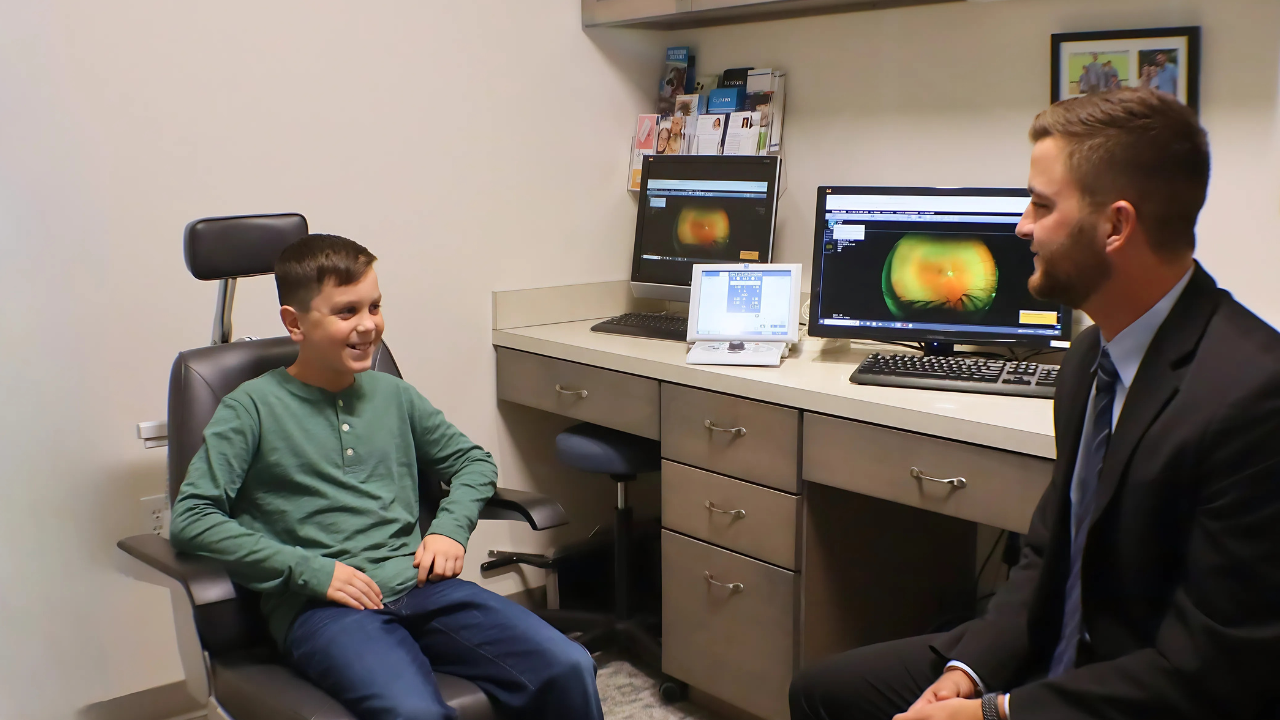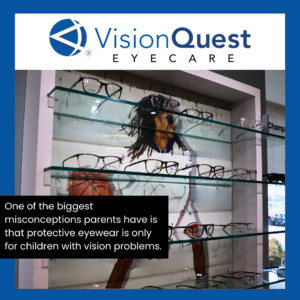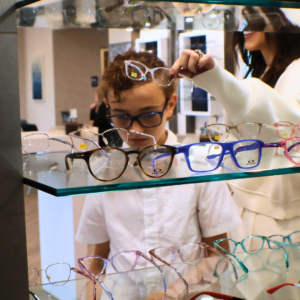As a parent, you want your child to thrive in sports, but safety should always come first—especially when it comes to their vision. Eye injuries are surprisingly common in youth athletics, and many are preventable with the right precautions. From baseball to basketball, certain sports pose higher risks to children’s eyes, and understanding those dangers is the first step to protecting them.
At VisionQuest Eyecare, we see firsthand how critical early intervention and protective eyewear are in safeguarding young athletes’ vision. Whether your child plays casually or competitively, here’s what you need to know about the sports that pose the greatest eye injury risk—and how to help them stay safe on the field or court.
1. Baseball and Softball
Baseball and softball top the list when it comes to sports-related eye injuries in children aged 6 to 18. Fast pitches, high-speed line drives, and unpredictable bounces can all lead to serious eye trauma, including orbital fractures, corneal abrasions, and even retinal damage.
Why It’s Risky: Small, dense balls traveling at high speeds are difficult to dodge, especially for younger players who are still developing their reflexes.
How to Protect Your Child: Protective sports goggles with polycarbonate lenses are a must. These impact-resistant lenses can absorb hits without shattering. Batting helmets with attached faceguards are also highly recommended for added safety.
2. Basketball
While basketball may seem less risky than bat-and-ball sports, it’s actually one of the leading causes of sports-related eye injuries in teens. Elbows, fingers, and the ball itself pose frequent threats to unprotected eyes.
Why It’s Risky: Close contact, fast movement, and the physical nature of play can result in pokes, scratches, and blunt trauma to the eye.
How to Protect Your Child: Rec specs or similar protective eyewear designed for indoor sports can shield the eyes from accidental impact. Make sure they’re fitted snugly and won’t shift during fast-paced games.
3. Soccer
Soccer is a fast-moving sport where players often make contact without realizing it. Collisions, errant kicks, and unexpected ball rebounds can all result in eye injuries.
Why It’s Risky: A kicked ball striking the face or unintentional contact from another player can cause bruising, bleeding inside the eye, or even retinal detachment in severe cases.
How to Protect Your Child: While faceguards aren’t standard in soccer, protective sports goggles are a smart option, especially for players who already wear glasses or contacts. VisionQuest Eyecare offers consultations to find sports-specific eyewear that fits comfortably under headgear.
4. Hockey (Field and Ice)
Hockey—whether on turf or ice—poses a significant risk for eye trauma. Sticks, pucks, and balls travel at high velocities, and the nature of the sport involves close physical contact and quick movements.
Why It’s Risky: Players can be hit in the face by a stick, puck, or ball, leading to severe injuries like corneal lacerations or even permanent vision loss.
How to Protect Your Child: Helmets with full-face shields or cages are essential. For those who wear corrective lenses, prescription sports goggles designed for use under helmets can provide additional clarity and protection.
5. Tennis and Racquet Sports
Racquet sports like tennis, squash, and pickleball can lead to unexpected eye injuries from fast-moving balls or accidental racquet swings.
Why It’s Risky: The speed of play and the compact court size increase the chances of being struck by a ball or racquet.
How to Protect Your Child: Protective eyewear made for racquet sports is lightweight, fog-resistant, and designed to handle impact from small balls moving at high speeds. Children should never play without eye protection, especially in doubles matches where close-range hits are common.
What Parents Can Do to Prevent Eye Injuries
Preventing eye injuries in youth sports starts with awareness and the right gear. Here are a few practical steps parents can take:
- Invest in Sport-Specific Eyewear: Don’t settle for everyday glasses or sunglasses. Protective sports eyewear, especially with polycarbonate lenses, is designed to withstand impact and prevent shattering.
- Schedule Regular Pediatric Eye Exams: A comprehensive eye exam ensures your child’s vision is sharp and healthy, and allows pediatric specialists to recommend appropriate protective gear.
At VisionQuest Eyecare, we offer pediatric eye care services in both Greenwood and Fishers, with a team of specialists who understand the visual demands of young athletes. In Greenwood, your child can be seen by Dr. Gaia Hess or Dr. Chris Browning, while in Fishers, Dr. Anjali Shah and Dr. Nick Bantz are available to assess and support your child’s eye health.
Why Eye Protection Matters—Even If Your Child Has Perfect Vision
One of the biggest misconceptions parents have is that protective eyewear is only for children with vision problems. In truth, even children with perfect eyesight are at risk of traumatic eye injuries that can have lifelong consequences.
Protective eyewear isn’t just about seeing better—it’s about preventing preventable injuries. According to the American Academy of Ophthalmology, 90% of serious eye injuries could be avoided with proper eye protection.
Whether your child is gearing up for spring soccer, summer baseball, or indoor basketball leagues, now is the time to ensure they’re equipped with the tools they need to play safely.
Book a Pediatric Eye Care Appointment Today
Protecting your child’s eyes is an investment in their future. At VisionQuest Eyecare, our pediatric specialists are here to help your young athlete see clearly and stay safe in every sport they love. Schedule an appointment today at our Greenwood or Fishers location and let’s keep your child’s vision in top form—on and off the field.

Dr. Gaia Hess is a vision therapy and myopia management doctor with VisionQuest Eyecare. She’s passionate about pediatric eyecare and educating her young patients and their parents so they can understand what’s happening with their eyes and the best ways to improve their vision.



